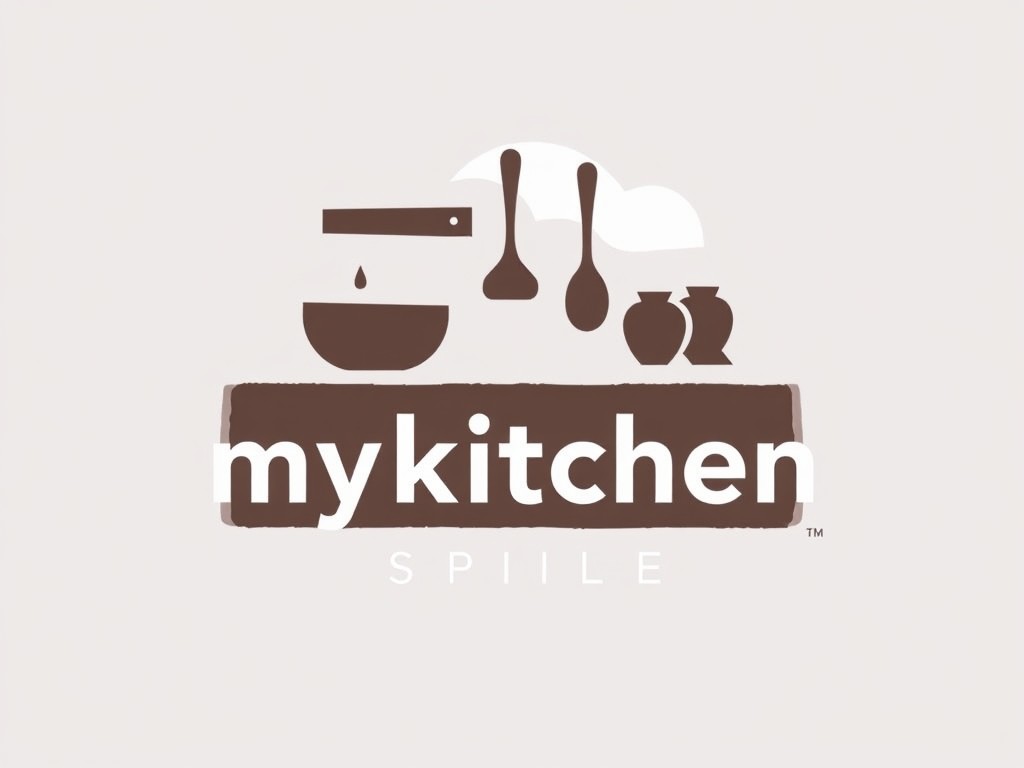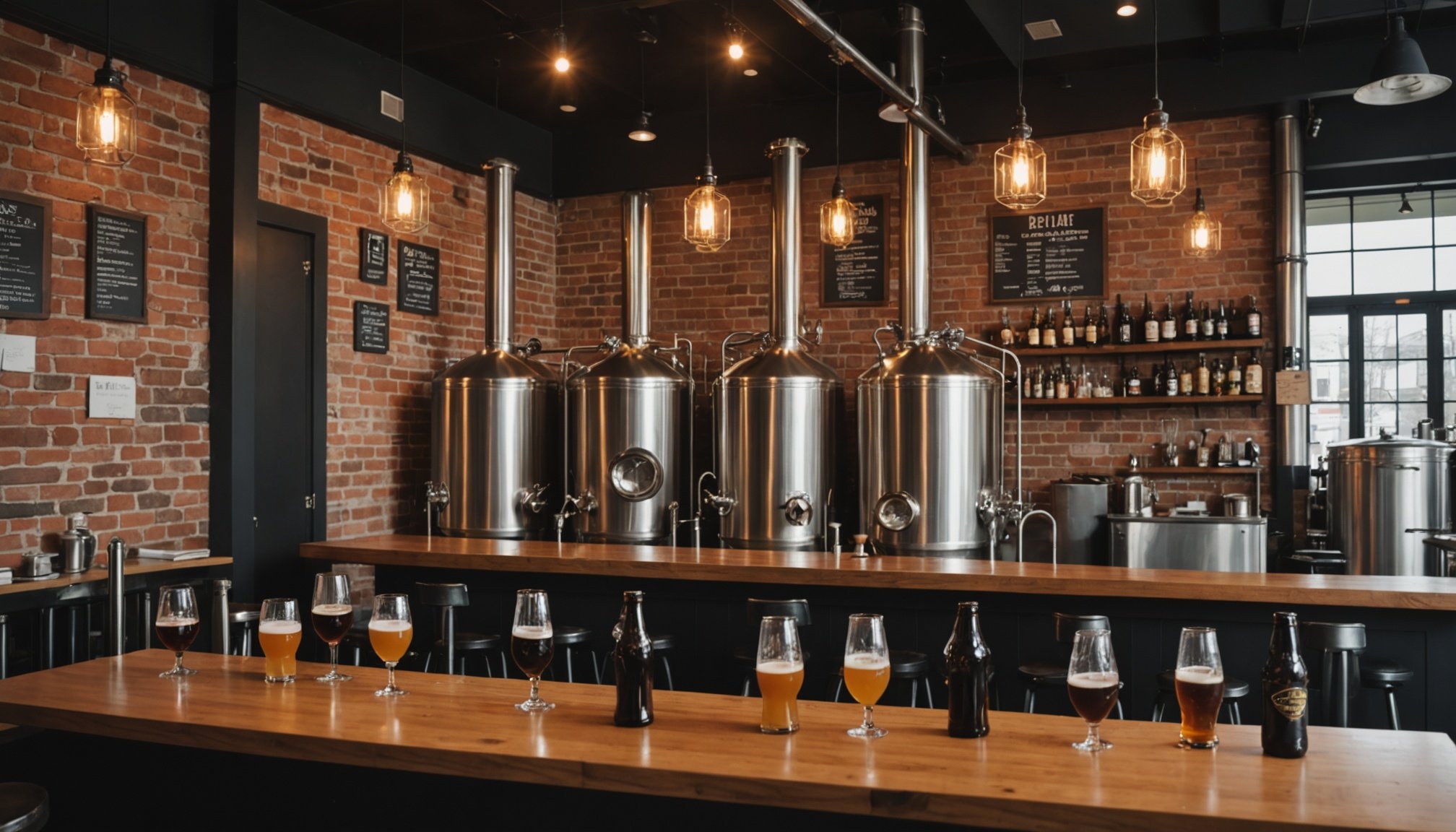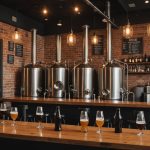Crafting a unique brew experience can elevate your restaurant's appeal and draw craft beer enthusiasts. Introducing a boutique brewery and curating exclusive brews sets your establishment apart in a competitive landscape. This guide provides actionable steps to seamlessly integrate craft beers into your menu, enhancing customer satisfaction. Whether you crave local flavors or international styles, curating a thoughtful selection can create memorable experiences for your patrons. Embrace this opportunity to cultivate a vibrant beer culture that resonates with your clientele.
Establishing Your Boutique Brewery Concept
Crafting a boutique brewery concept begins with defining your unique brewing vision. This vision should encapsulate the essence of what you want your brewery to represent. Consider what sets your craft beer apart. Is it the use of local ingredients, innovative flavors, or sustainable practices? Clearly articulating this vision will guide your decisions and help differentiate your brand in the competitive craft beer market.
In the same genre : Enhancing restaurant appeal: innovative approaches to transform outdoor dining areas
Identifying your target audience is crucial. Are you aiming to attract seasoned craft beer enthusiasts, or are you targeting those new to the craft beer scene? Understanding who your customers are will inform everything from your marketing strategies to the types of beers you brew.
Researching local craft beer trends is essential to ensure your boutique brewery concept resonates with your audience. Look into what is currently popular in your area. Is there a demand for sour beers, or are people leaning towards traditional ales?
Also to read : Elevate your dining experience: expert tips for high-end restaurants to create a successful farm-to-table menu
- Key Steps for Establishing Your Brewery Concept:
- Define your unique brewing vision
- Identify your target audience
- Research local craft beer trends
By focusing on these elements, you can create a compelling and successful craft beer vision that captures the hearts and palates of your community.
Collaborating with Local Brewers
Forging connections with fellow brewers enhances creativity and market reach.
Building Relationships with Local Breweries
Engaging with local breweries can be a transformative step for your boutique brewery. Establishing solid relationships opens doors to shared knowledge and resources. Consider attending local brewer events or hosting joint tasting sessions. These interactions foster a sense of community and can lead to fruitful collaboration strategies.
Co-Creating Exclusive Beer Blends
Working together with local breweries allows you to co-create unique beer blends that stand out in the market. Imagine the potential of combining your brewing vision with another brewery’s expertise to craft an exclusive beer. This not only diversifies your offerings but also attracts a wider audience eager to taste innovative creations.
Benefits of Collaboration for Marketing
Partnerships with local brewers can significantly enhance your marketing efforts. By collaborating, you tap into each other's customer bases, expanding your reach. Joint promotions, such as co-branded events or limited edition releases, generate buzz and draw in new patrons.
- Advantages of Collaborating:
- Access to new markets
- Enhanced creativity
- Strengthened community ties
Incorporating these collaboration strategies can elevate your brand and solidify your presence in the craft beer scene.
Designing Your Brewery Space
Creating a space that invites and delights.
Creating a Welcoming Environment
Designing your brewery space involves crafting an inviting atmosphere that encourages customers to linger. The layout should facilitate both brewing and dining, balancing functionality with comfort. Think about how to incorporate elements such as warm lighting, comfortable seating, and open views of the brewing process. This not only enhances the restaurant layout but also immerses guests in the brewing experience.
Utilizing Space Effectively
Maximizing the use of your brewery space is key to operational efficiency. Consider a layout that allows for smooth transitions between brewing and dining areas. This might involve strategically placing brewing equipment to be both accessible and visually appealing. A well-thought-out restaurant layout ensures that both customers and staff can move easily, enhancing the overall experience.
Incorporating Aesthetics into Decor
The aesthetics of your brewery space should reflect your brand's identity. Integrate brewing elements into the restaurant decor to create a cohesive look. Consider using barrels, hops, or vintage brewing tools as part of the decor. This not only strengthens your brand's image but also creates a memorable atmosphere for patrons.
- Key Elements of Brewery Design:
- Inviting atmosphere
- Efficient use of space
- Cohesive decor
By focusing on these aspects, you ensure your brewery is both functional and inviting.
Crafting a Unique Beer Menu
Designing a beer menu that captivates and informs.
Selecting Distinctive Craft Beers
Curating a beer menu design involves choosing distinctive craft beer selections that reflect your brewery's unique vision. Consider offering a variety of styles, from hoppy IPAs to smooth stouts, to cater to diverse palates. Incorporating exclusive brews not only differentiates your menu but also attracts beer enthusiasts eager to try something new.
Highlighting Seasonal and Limited-Edition Offerings
Emphasize seasonal and limited-edition offerings to keep your menu fresh and exciting. Highlighting these special selections encourages repeat visits as patrons anticipate new flavors. Create a dedicated section for these exclusive brews to draw attention and make them easily accessible to your customers.
Creating Informative Descriptions
Crafting informative descriptions for each beer is essential in a craft beer selection. Use engaging language to describe the taste, aroma, and brewing process, helping customers make informed decisions. Consider including a brief story behind each exclusive brew, adding a personal touch that enhances the overall experience.
- Key Elements of a Beer Menu:
- Diverse craft beer selection
- Rotating seasonal offerings
- Engaging descriptions
By focusing on these aspects, your beer menu design will not only entice patrons but also establish your brewery as a destination for unique and memorable beer experiences.
Implementing Operational Best Practices
Optimizing your brewery operations for success.
Establishing Efficient Brewing Procedures
Creating efficient brewing procedures is crucial for optimizing your brewery operations. Streamline your brewing process by standardizing recipes and using automation where possible. This not only saves time but also reduces errors, ensuring a consistent product. Regularly review and update procedures to incorporate new technologies and methods that enhance efficiency.
Ensuring Consistency and Quality in Your Brews
Consistency is key in maintaining the quality of your brews. Implement a rigorous quality control system that monitors every stage of the brewing process. Regular testing and tasting ensure that each batch meets your standards. Train your staff thoroughly to recognize and address any deviations, maintaining the integrity of your products.
Managing Inventory and Supply Chain Logistics
Effective management of inventory and supply chain logistics is essential for smooth brewery operations. Keep accurate records of raw materials and finished products to prevent shortages or overproduction. Establish relationships with reliable suppliers to ensure timely deliveries. Use inventory management software to track supplies and optimize stock levels.
- Key Practices for Operational Success:
- Standardize brewing procedures
- Implement robust quality control measures
- Optimize inventory management
By focusing on these operational best practices, you can enhance the efficiency and quality of your brewery, ensuring a successful and sustainable business.
Marketing Your Boutique Brewery
Nurturing your brand's presence and appeal.
Developing a Strong Brand Identity
Creating a strong brand identity is essential for effective brewery marketing. Your brand should reflect your unique brewing vision and resonate with your target audience. This involves crafting a memorable logo, choosing a consistent color palette, and developing a compelling brand story. By establishing a cohesive identity, you enhance brand awareness and foster customer loyalty.
Utilizing Social Media for Promotion
Social media platforms are powerful tools for promotional strategies. They offer a direct channel to engage with your audience and showcase your brewery’s personality. Regularly post engaging content, such as behind-the-scenes looks at your brewing process or sneak peeks of new releases. Utilize features like stories and live streams to create interactive experiences that boost brand awareness.
Organizing Events to Attract Customers
Events are a dynamic way to enhance brewery marketing and draw in new patrons. Consider hosting tasting sessions, brewery tours, or themed nights to create buzz and connect with your community. These events not only serve as effective promotional strategies but also provide opportunities for customers to experience your brand firsthand.
- Key Marketing Strategies:
- Develop a cohesive brand identity
- Leverage social media for engagement
- Host community-focused events
By focusing on these promotional strategies, you can significantly increase your brand awareness and establish a strong presence in the craft beer market.
Engaging with Your Customers
Enhancing the brewery experience through meaningful interactions.
Creating Interactive Tasting Experiences
Offering interactive tasting experiences is a powerful way to enhance customer engagement at your brewery. Consider hosting guided tasting sessions where patrons can learn about the brewing process and the unique characteristics of each beer. Encourage customers to participate by sharing their thoughts on flavors and aromas. This not only enriches the brewery experience but also fosters a sense of connection and community.
Encouraging Feedback and Suggestions
Actively seeking customer feedback is essential for refining your offerings and enhancing the overall brewery experience. Provide easy avenues for patrons to share their thoughts, such as suggestion cards or digital surveys. Incorporate their feedback into your brewing process to demonstrate that their opinions are valued. This approach not only improves your products but also strengthens community building by making customers feel heard and involved.
Building a Loyal Customer Base Through Events
Hosting regular events is a strategic way to build a loyal customer base and enhance community building. Consider organizing themed nights, live music sessions, or seasonal festivals. These events create memorable experiences and encourage repeat visits. By providing a welcoming and engaging atmosphere, you cultivate a community of loyal patrons who are eager to return and share their experiences with others.
- Key Elements of Customer Engagement:
- Interactive tasting experiences
- Active feedback channels
- Community-focused events
Financial Considerations for Your Brewery
Analyzing the essentials of brewery finances and investment.
Estimating Startup Costs and Ongoing Expenses
When embarking on your boutique brewery journey, understanding brewery finances is crucial. Estimating startup costs involves calculating expenses like equipment, licensing, and initial inventory. Consider ongoing expenses such as utilities, staff wages, and ingredient supplies. A detailed budget helps in maintaining financial stability and avoiding unexpected pitfalls.
Exploring Funding Options and Grants
Securing adequate funding is vital for launching and sustaining your brewery. Explore various investment strategies to support your financial needs. Options include personal savings, bank loans, and crowdfunding. Additionally, investigate grants specifically designed for small businesses in the brewing industry. These can provide a financial boost without the burden of repayment.
Understanding Pricing Strategies for Profitability
Implementing effective pricing strategies ensures your brewery remains profitable. Consider the cost of production, market demand, and competitor pricing when setting your prices. Offering a range of price points can attract different segments of your target audience. Regularly review and adjust your pricing to align with changes in costs and consumer preferences.
- Key Financial Strategies:
- Detailed budgeting
- Diverse funding sources
- Competitive pricing strategies
By focusing on these financial considerations, you can create a solid foundation for your brewery's success.
Overcoming Challenges in Brewery Establishment
Navigating obstacles with effective solutions.
Identifying Common Challenges
Starting a brewery presents numerous brewery challenges that require careful consideration. Entrepreneurs often face hurdles such as securing funding, meeting regulatory requirements, and managing operational costs. Risk management is crucial in addressing these issues early on. For example, understanding local zoning laws and obtaining necessary permits can prevent costly delays. Additionally, competition in the craft beer market demands a unique selling proposition to stand out.
Developing Strategies to Mitigate Risks
To effectively tackle these brewery challenges, it's essential to develop robust problem-solving strategies. Conducting a thorough market analysis helps in identifying potential risks and opportunities. Establishing a comprehensive business plan can guide decision-making and resource allocation. Consider creating contingency plans to address unforeseen circumstances, such as supply chain disruptions or sudden changes in consumer preferences.
Learning from Successful Breweries
Examining case studies of successful breweries offers valuable insights into overcoming brewery challenges. Many have thrived by implementing innovative problem-solving techniques and strategic risk management. For instance, some breweries have diversified their product lines or embraced sustainable practices to appeal to environmentally conscious consumers.
- Key Takeaways:
- Understand regulatory requirements
- Develop a unique selling proposition
- Implement contingency plans
By learning from others, you can navigate the complexities of establishing a brewery with confidence.











